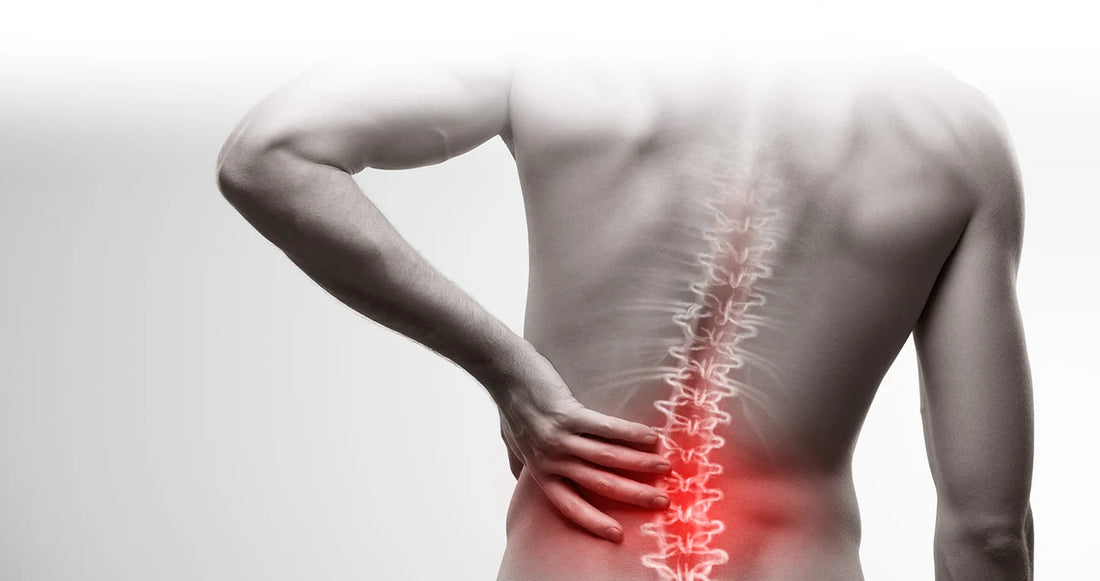A herniated disc is a common spinal disease that usually occurs in the cervical, back, or lower back region of the spine. The disease can cause discomfort and pain and affect the patient's quality of life. In this article, we will explore the symptoms of a herniated disc, how to treat it, and some effective preventive measures.
1. Symptoms:
Symptoms of a herniated disc vary depending on the individual’s condition and the location of the patient. Here are some common symptoms:
1. Pain: Patients may experience pain in the neck, back, or lower back. This pain may conduct downwards into the arms or legs and may even cause numbness and tingling sensations.
2. Muscle weakness: Intervertebral disc herniation can lead to muscle weakness and muscle tension, which can affect the patient’s daily activities and mobility.
3. Neurological symptoms: If a herniated disc compresses the nerve, the patient may experience neurological symptoms such as weakness, numbness and tingling in the arms or legs.
2. Treatment methods:
Treatment for a herniated disc will vary depending on the patient's symptoms and their severity. Here are some common treatments:
1. Conservative treatment: For milder cases of disc herniation, doctors usually recommend conservative treatments such as rest, application of hot and cold compresses, physical therapy, and pain medication.
2. Injection therapy: Sometimes your doctor may recommend local injection therapy, such as disc injection or spinal injection, to reduce pain and inflammation.
3. Surgery: If conservative treatments fail to relieve symptoms or the disc herniation is severe, surgery may need to be considered. hand
The goal of surgery is to relieve pressure on the nerves. Common surgical methods include disc removal or disc replacement.
3. Preventive measures:
While it’s impossible to completely prevent a herniated disc, there are things we can do to reduce our risk:
1. Maintain good posture: Sitting and standing properly can help take pressure off your spine and reduce the likelihood of excessive stress on your spinal discs.
2. Moderate exercise: Moderate exercise helps strengthen the back and core muscles and improve the stability and support capacity of the spine. However, avoid excessive force and movements that twist the spine when exercising.
3. Beware of heavy objects: When lifting heavy objects, follow the correct lifting techniques, use the strength of your legs instead of your back, and avoid excessive pressure on your spine.
4. Correct sleeping position: Choose a suitable sleeping position and use an appropriate pillow and mattress to maintain proper alignment and support of the spine.

